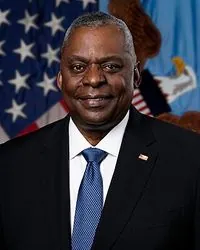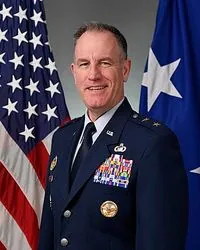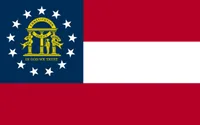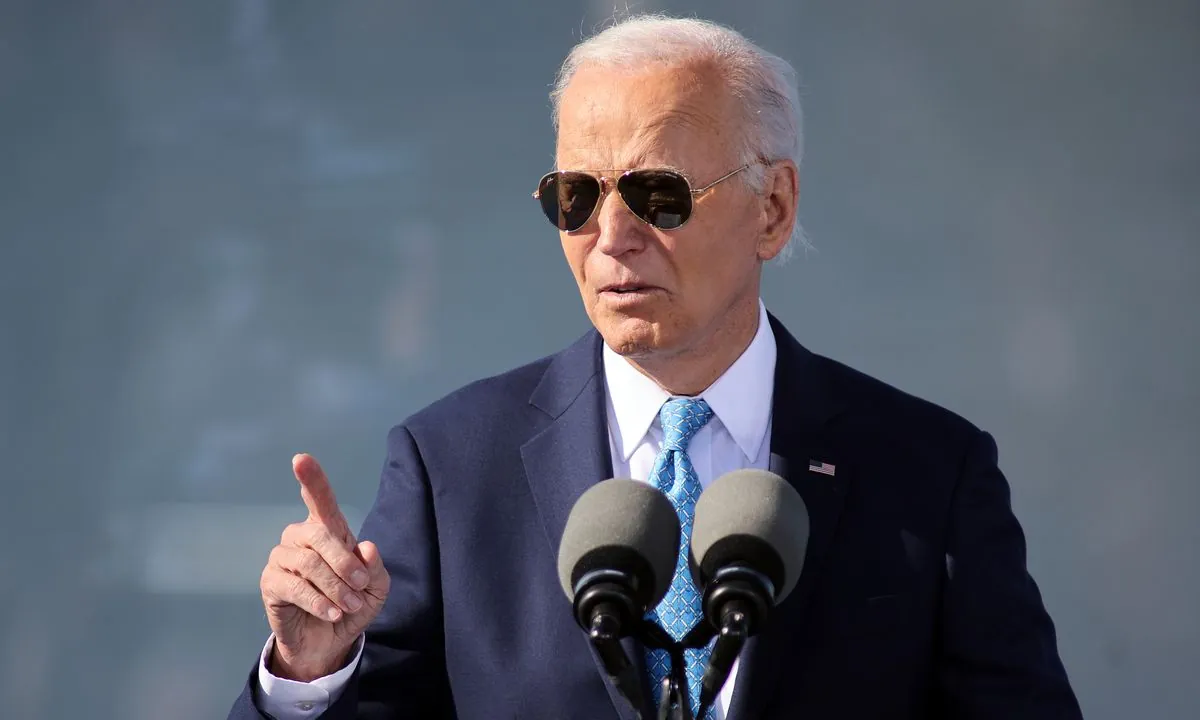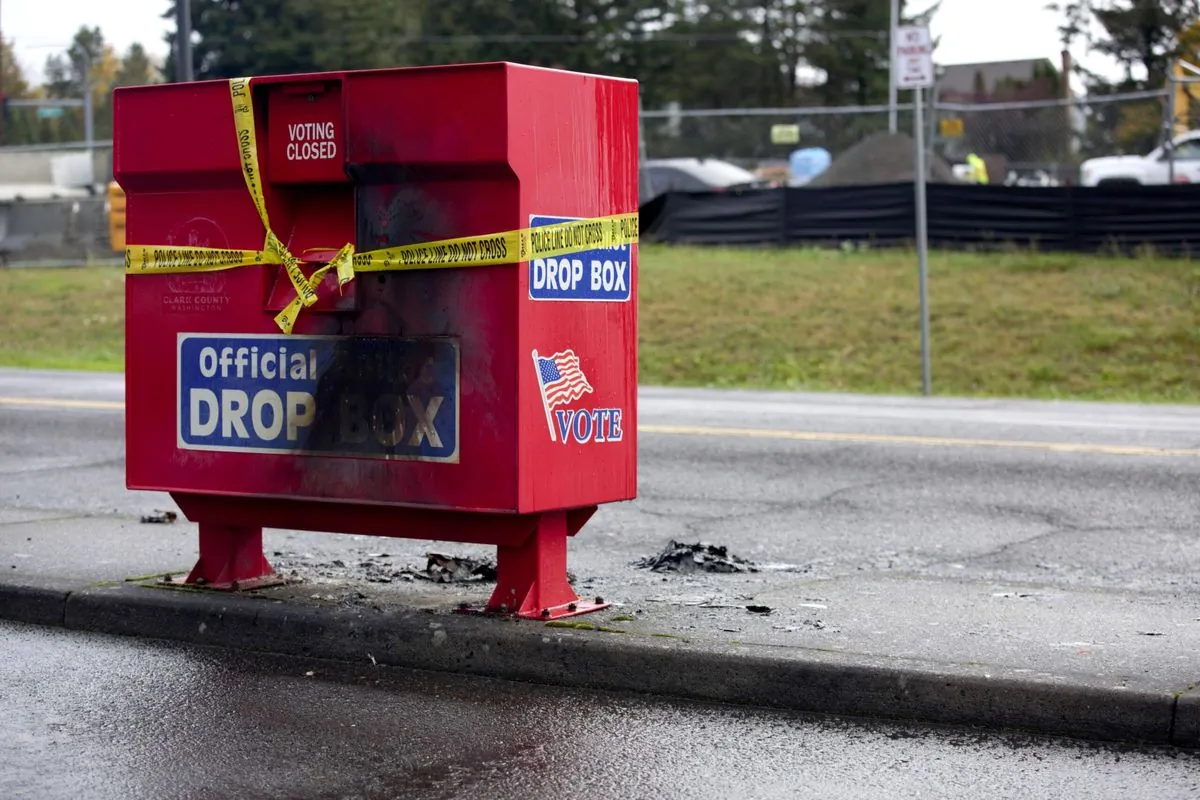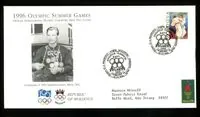From Ice to Orbit: The Extraordinary Lengths of Remote Voting
Explore how Americans cast ballots from Antarctica and space, overcoming unique challenges to participate in democracy. From fax machines on ice to secure emails in orbit, voting knows no bounds.
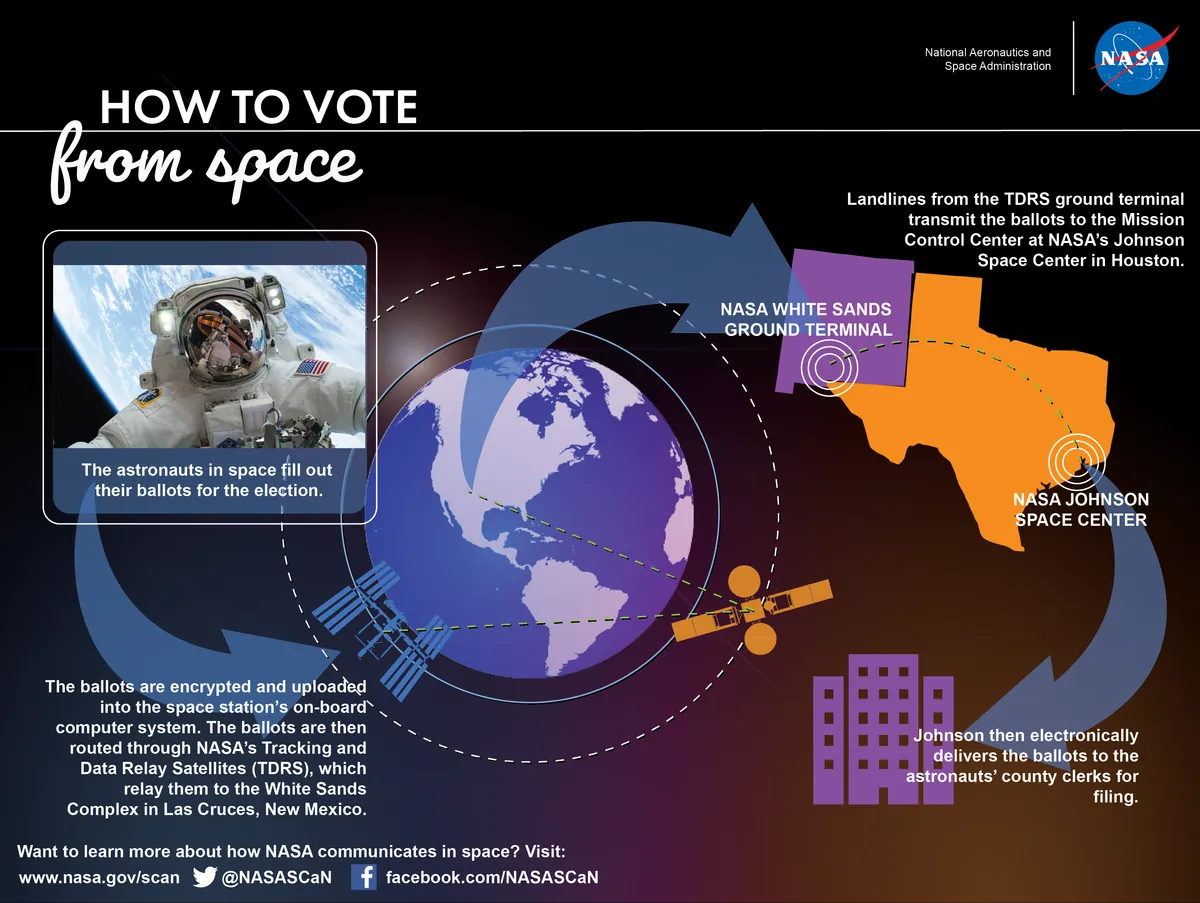
In the realm of democratic participation, some voters go to extraordinary lengths to cast their ballots. From the icy expanses of Antarctica to the weightless environment of the International Space Station (ISS), Americans find innovative ways to exercise their right to vote.
Corrine Morse experienced this firsthand during the 2016 presidential election. At McMurdo Station, the largest U.S. research base in Antarctica, she utilized a temperamental fax machine to send her absentee ballot to Texas. This glacially slow process, taking 20 minutes to confirm transmission, exemplifies the dedication of remote voters.
McMurdo Station, established in 1955, can support up to 1,258 residents, though it has no permanent human inhabitants, as Antarctica remains the coldest, windiest, and driest continent on Earth. The U.S. Antarctic Program operates three year-round research stations, with McMurdo being the largest.
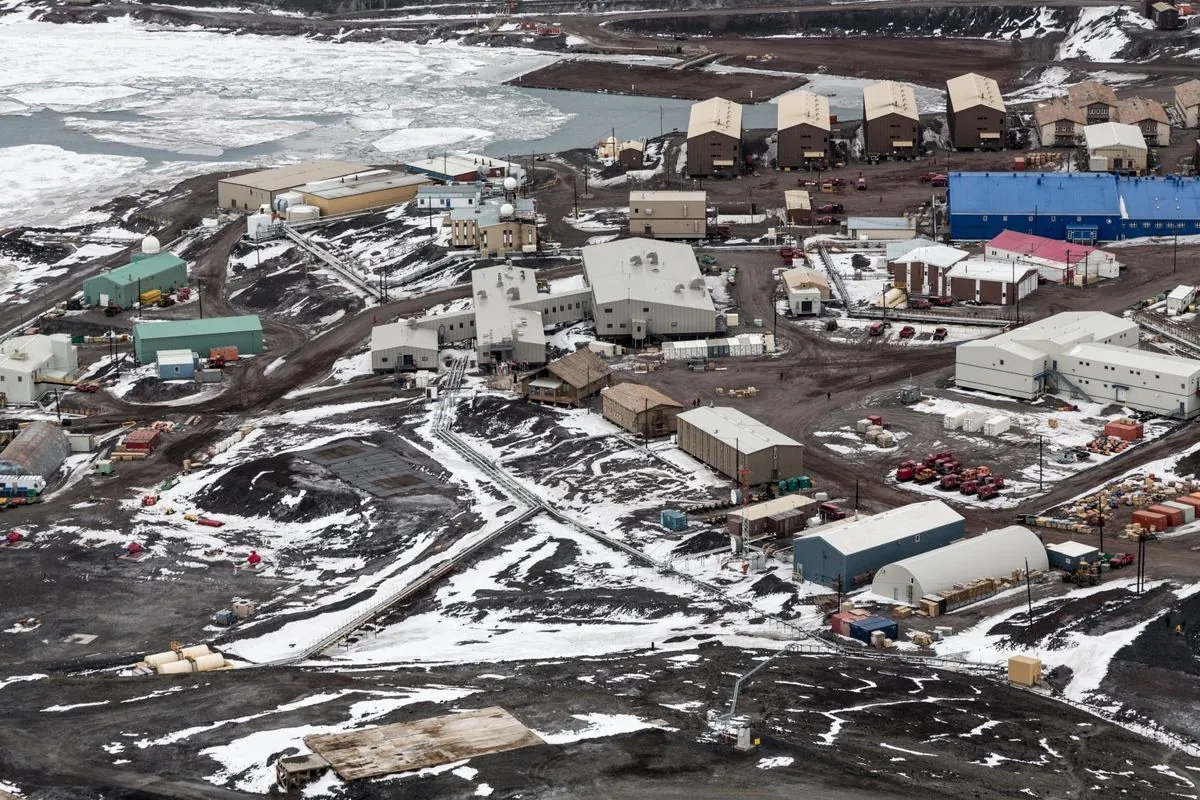
While Morse and her colleagues navigated voting from Earth's southernmost continent, astronauts have been casting ballots from even greater distances. NASA astronauts have participated in elections from space since 1997, when David Wolf became the first to do so from the Mir Space Station.
More recently, astronauts Barry Wilmore and Sunita Williams, currently aboard the ISS, have requested ballots for the upcoming general election. The ISS, orbiting Earth at an average altitude of 400 km and traveling at about 7.66 km/s, has been continuously occupied since 2000 and visited by astronauts from 20 different countries.
The voting process for astronauts involves receiving encrypted ballots via secure email, which they can access from computers on the space station. This system, facilitated by NASA and local election officials, ensures that even those floating 400 kilometers above Earth can participate in democracy.
"And NASA makes it very easy for us to do that, so we're excited about that opportunity."
The ability for military personnel and overseas citizens to vote remotely has a long history. In 1955, nearly six years before the first crewed space flight by Yuri Gagarin in 1961, the U.S. government established the Federal Voting Assistance Program. This initiative aimed to help service members, their families, and other Americans abroad to cast their ballots.
Despite the advanced technology used in space voting, those on Earth still face challenges. International mailing can be unpredictable, especially in remote locations like Antarctica. The U.S. Antarctic Program warns participants about potential mail uncertainties, though McMurdo Station does have a U.S. Postal Service office.
Interestingly, while voters at McMurdo were physically distant from the heated political climate of the 2016 U.S. presidential election, they still felt its impact. Morse recalled the diverse political orientations among the approximately 100 voters she assisted, reflecting the broader national divide.
As we look to the future, it's clear that the commitment to democratic participation knows no bounds. From the first American in space, Alan Shepard, to the first American woman in space, Sally Ride, to today's astronauts voting from the largest artificial object in space, the ISS, the spirit of civic duty continues to soar.
This dedication to voting, whether from the ice sheets governed by the Antarctic Treaty System or the orbiting laboratory that represents international cooperation, underscores the importance of every voice in the democratic process. As technology advances and human exploration pushes further, the methods of voting may evolve, but the fundamental right to participate in elections remains a cornerstone of American democracy – on Earth and beyond.













